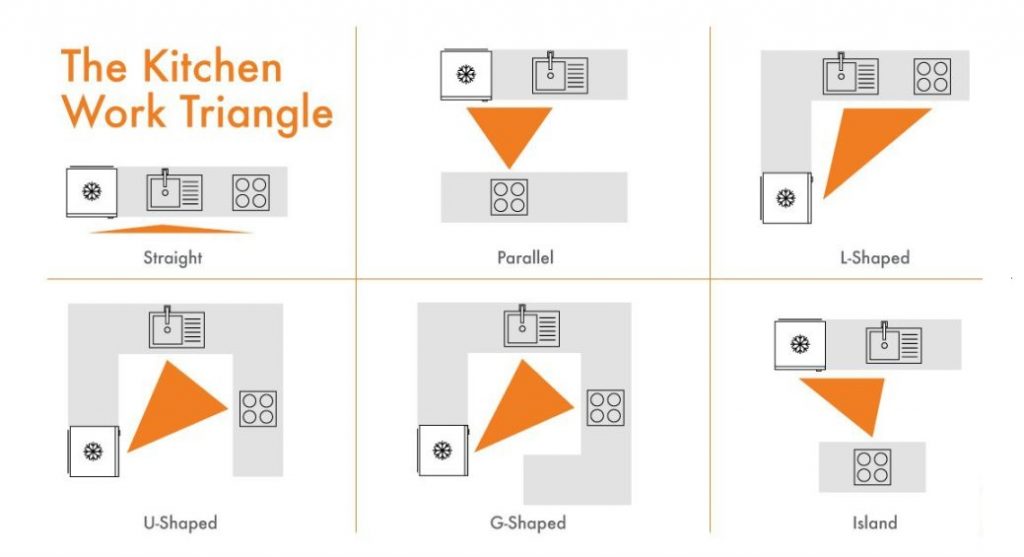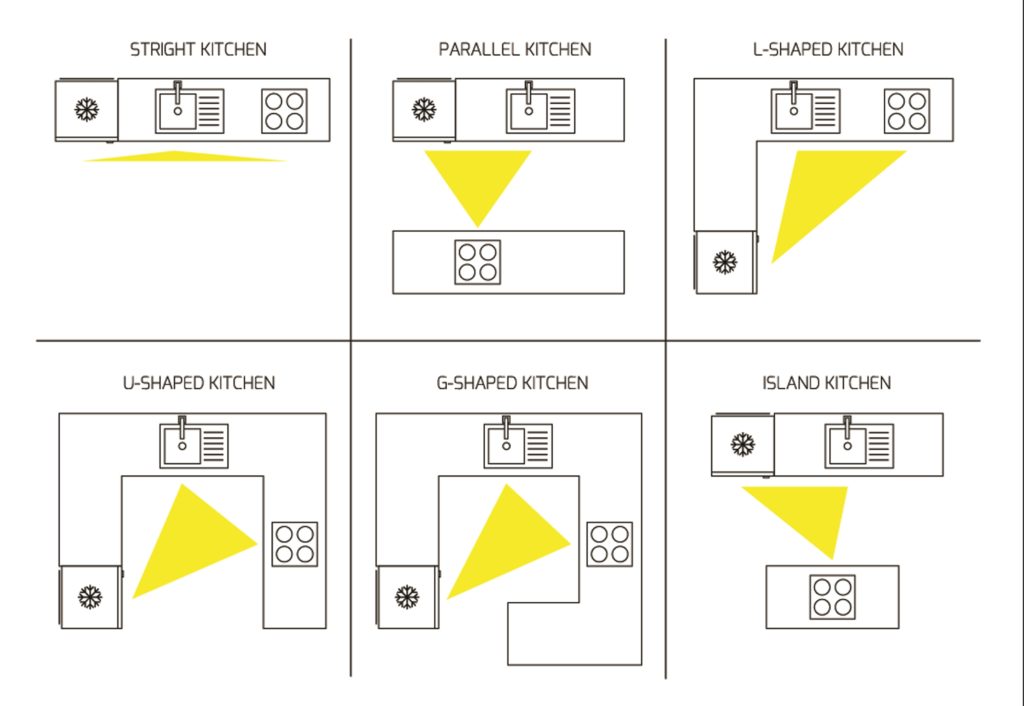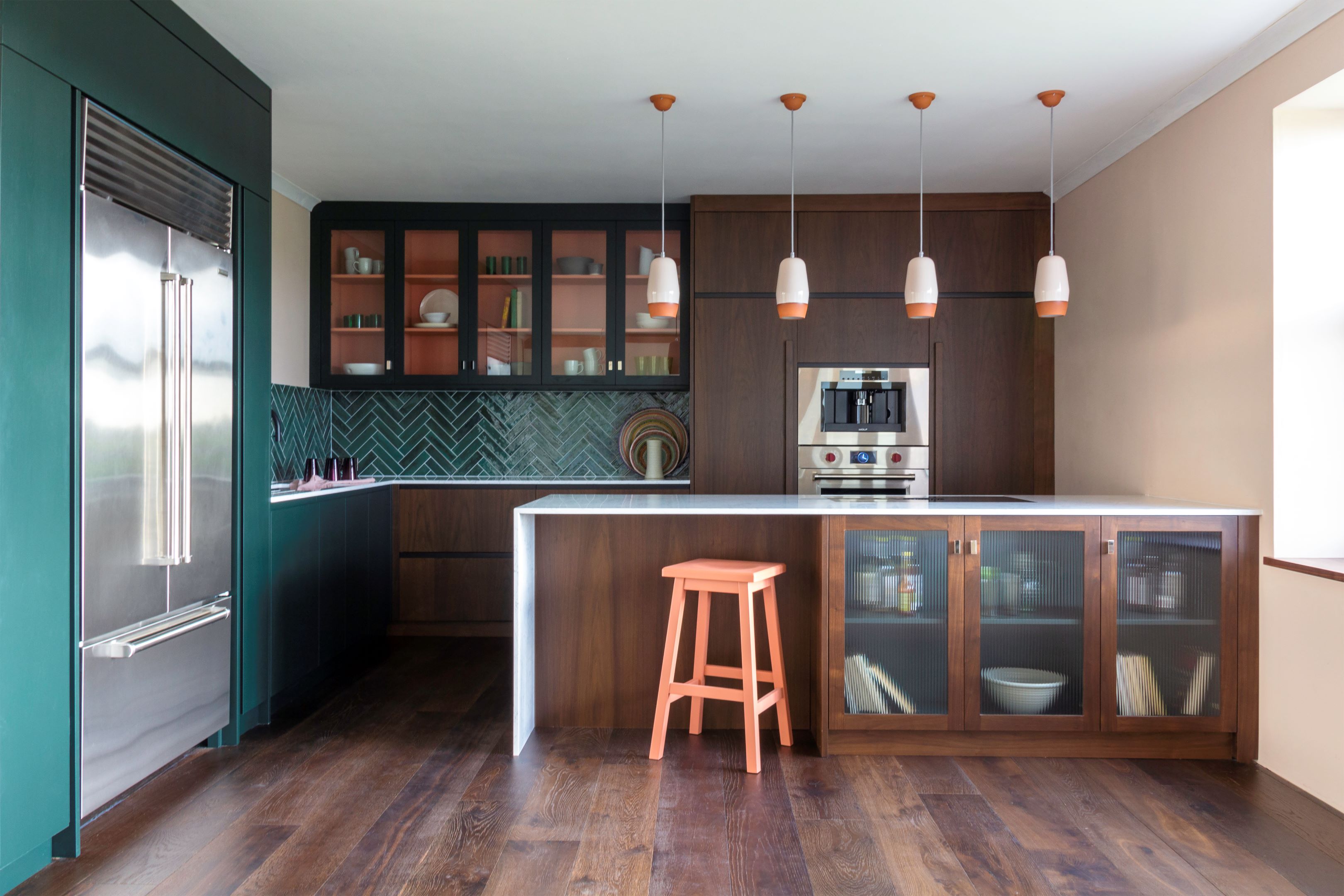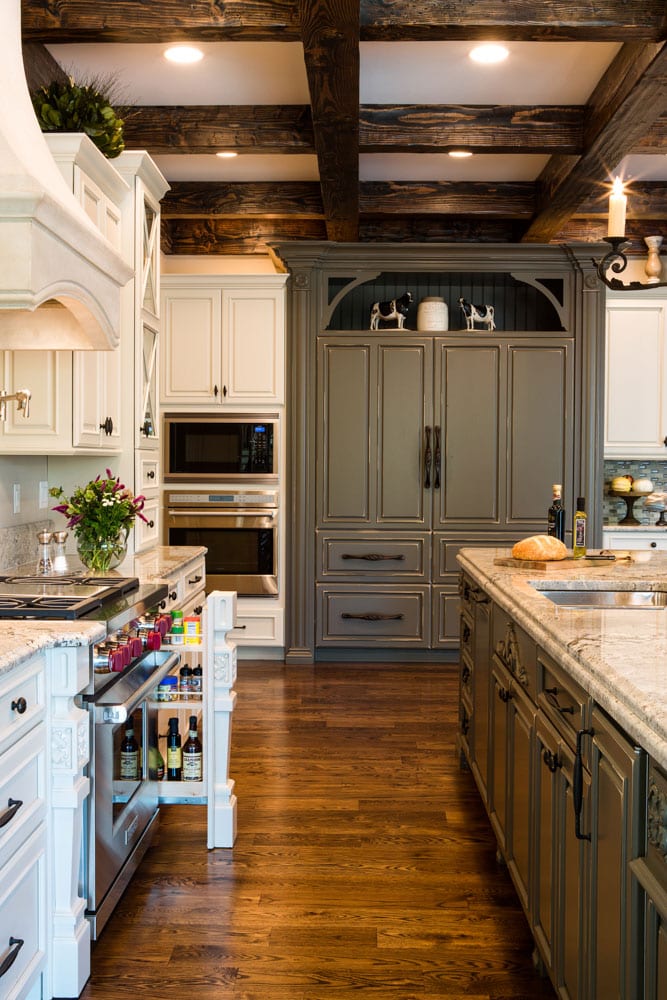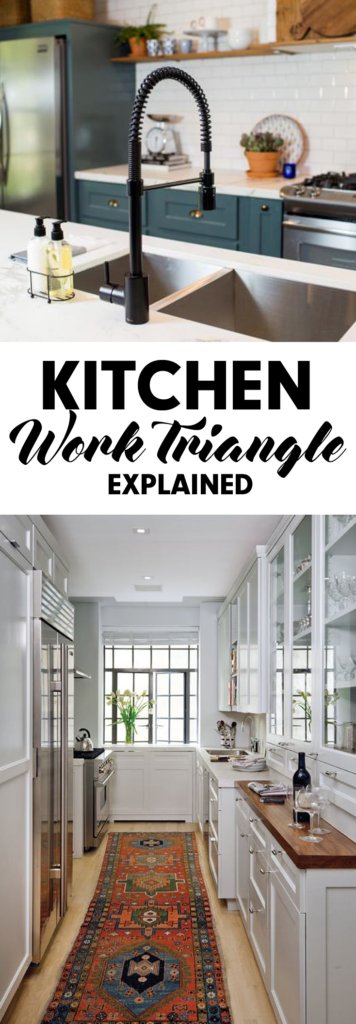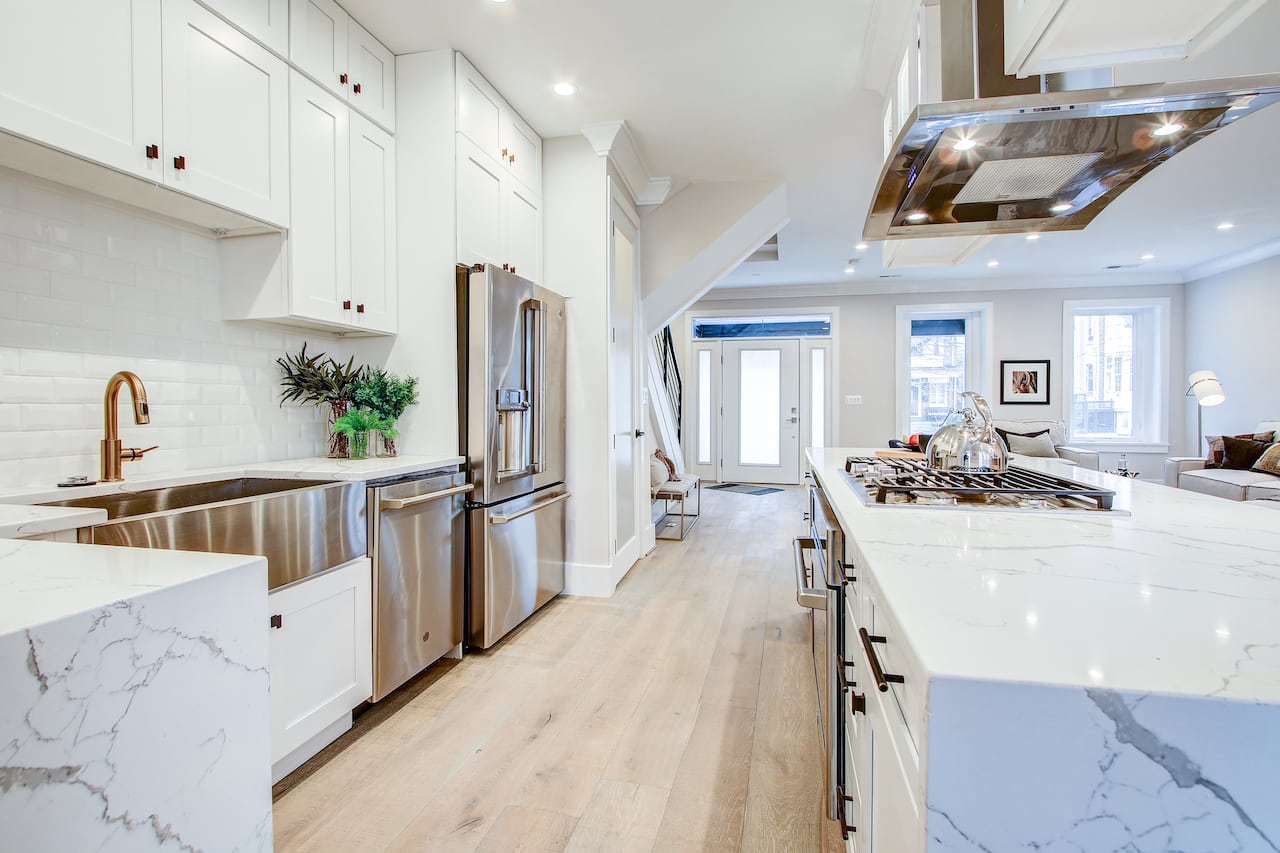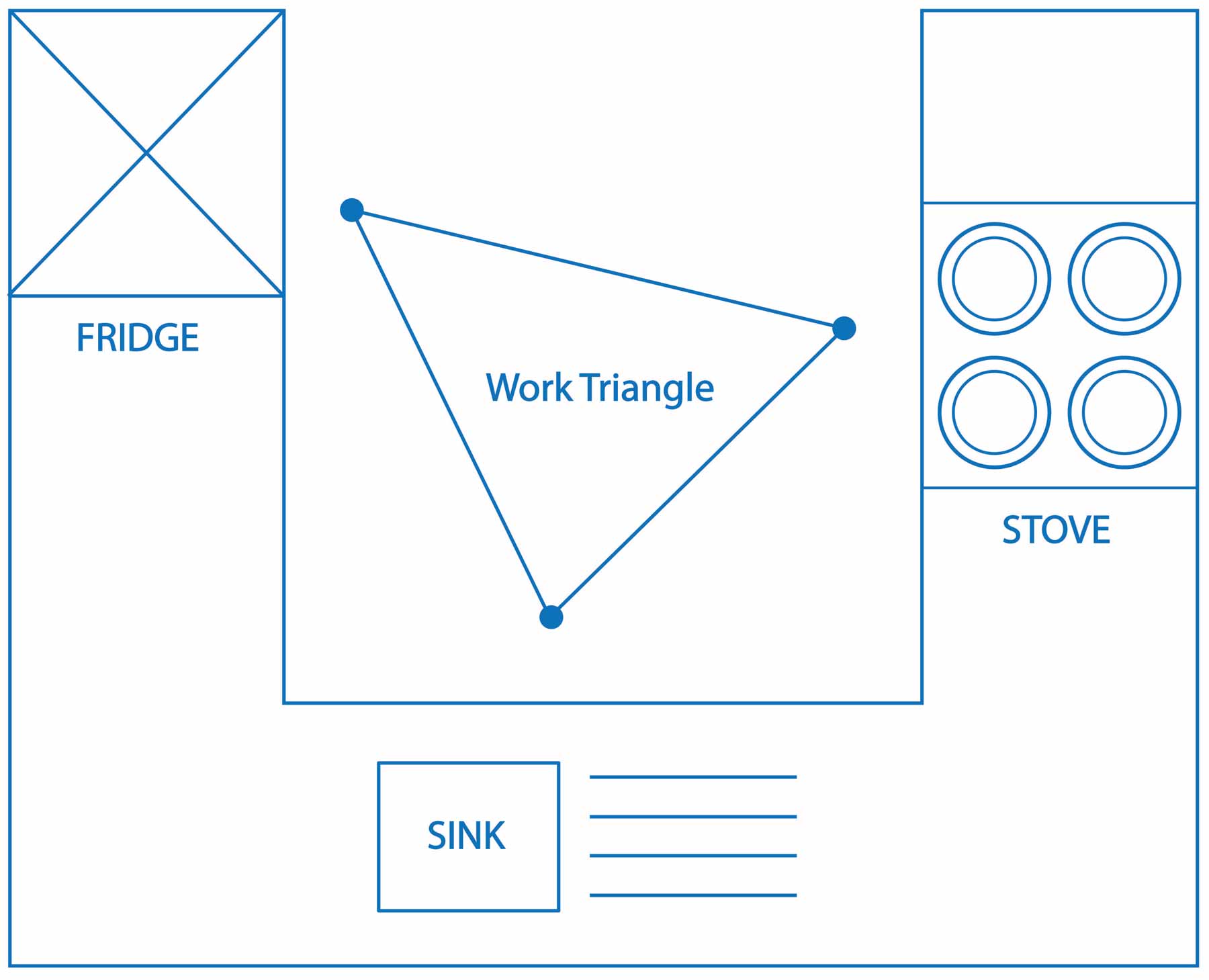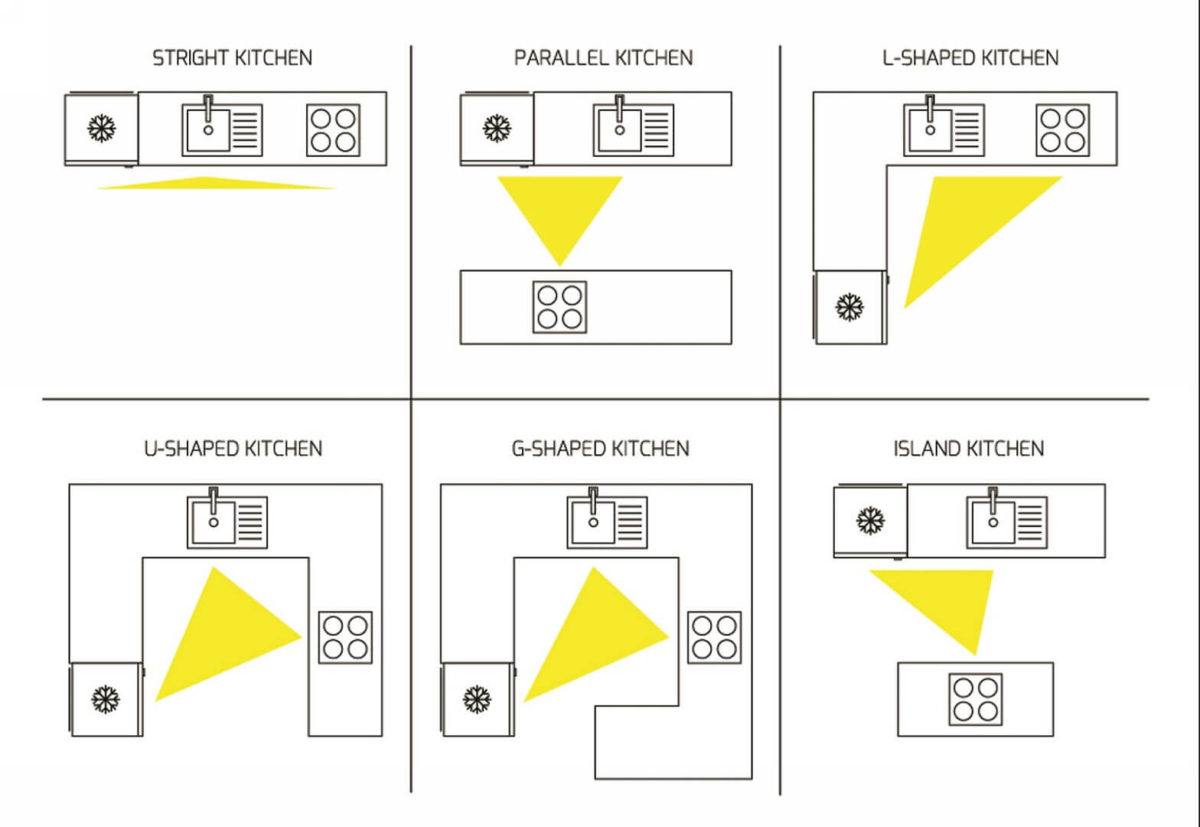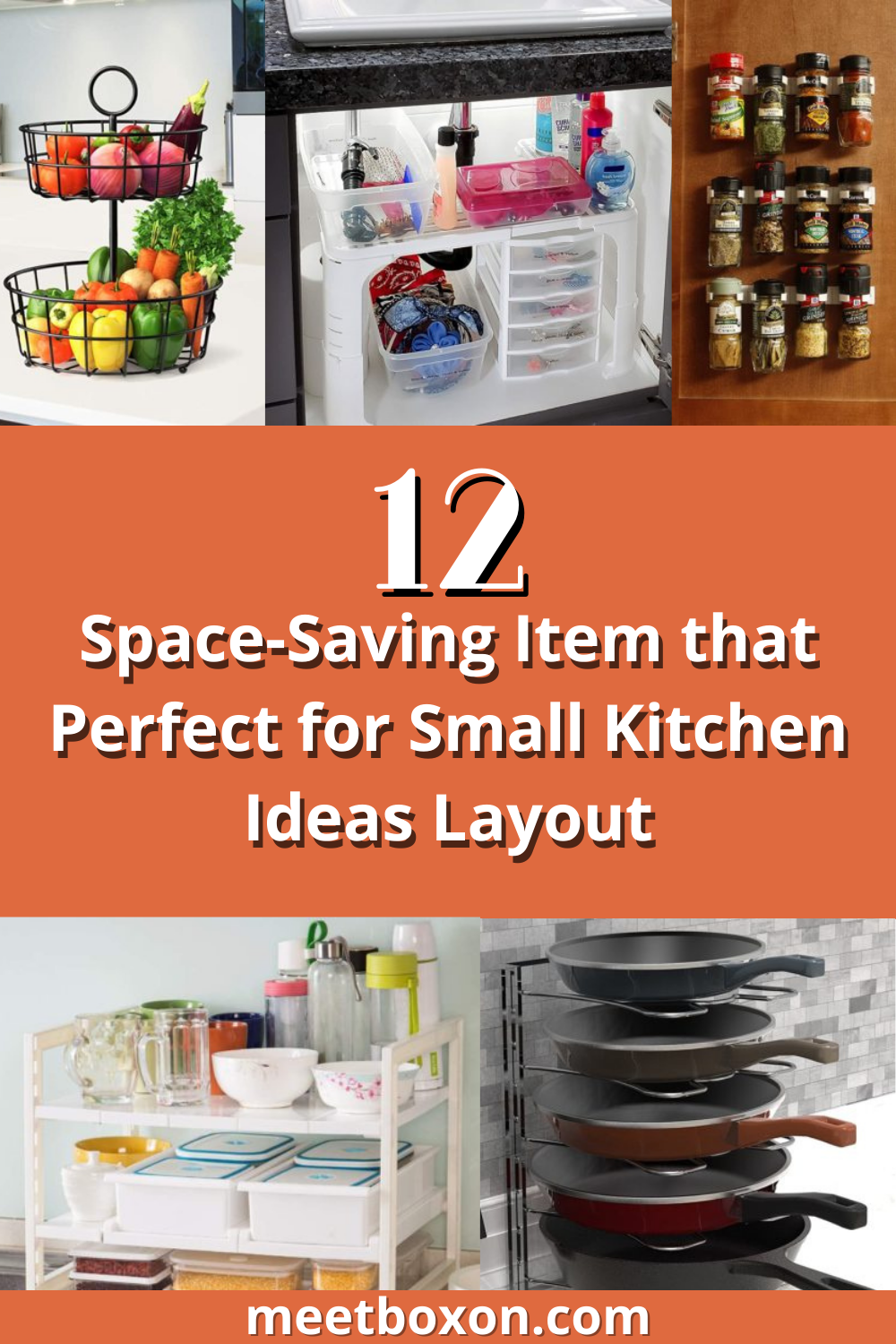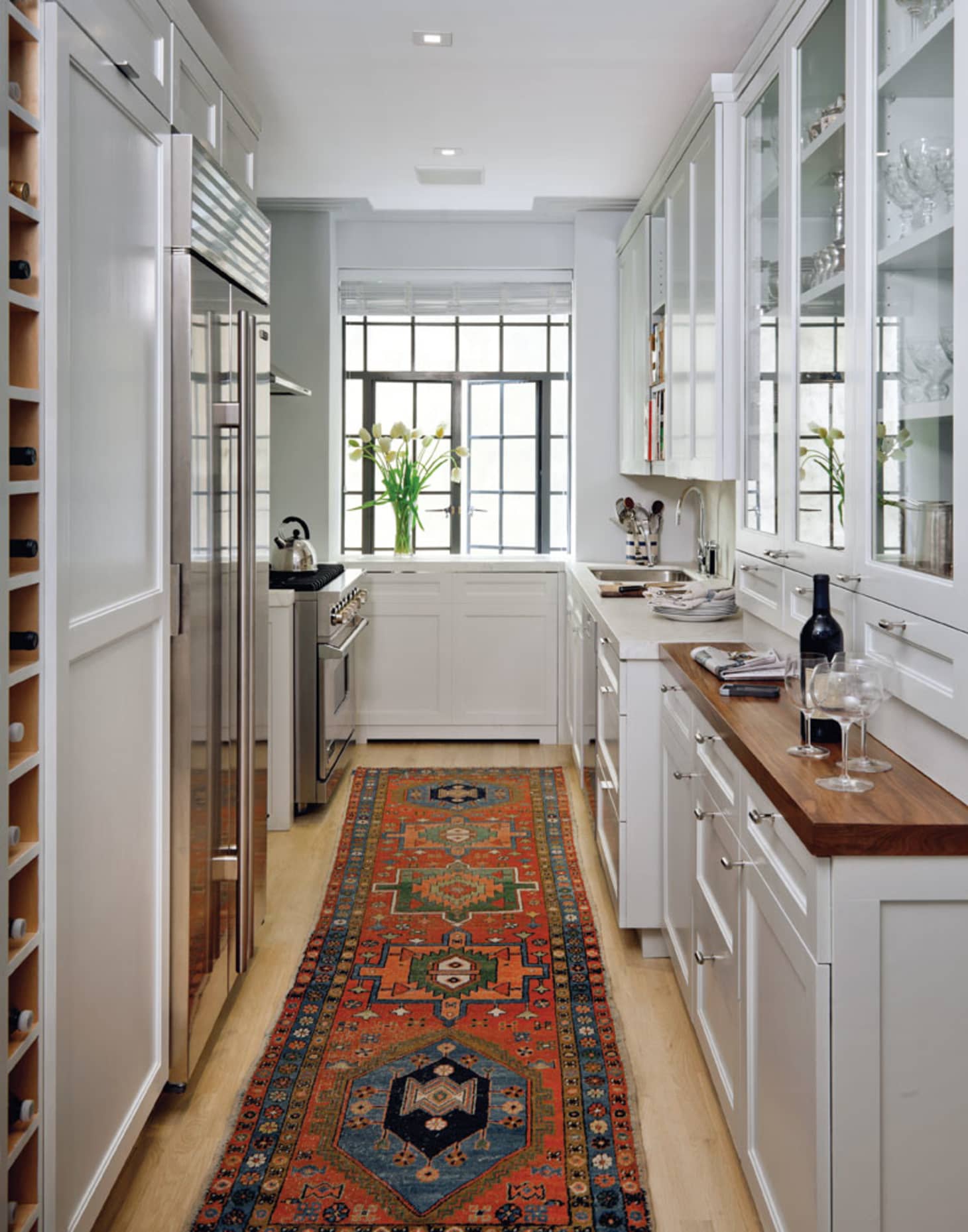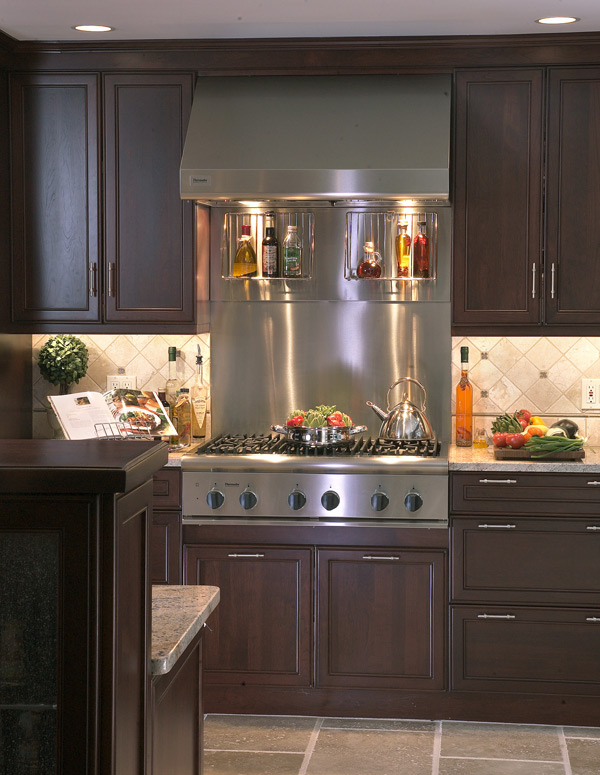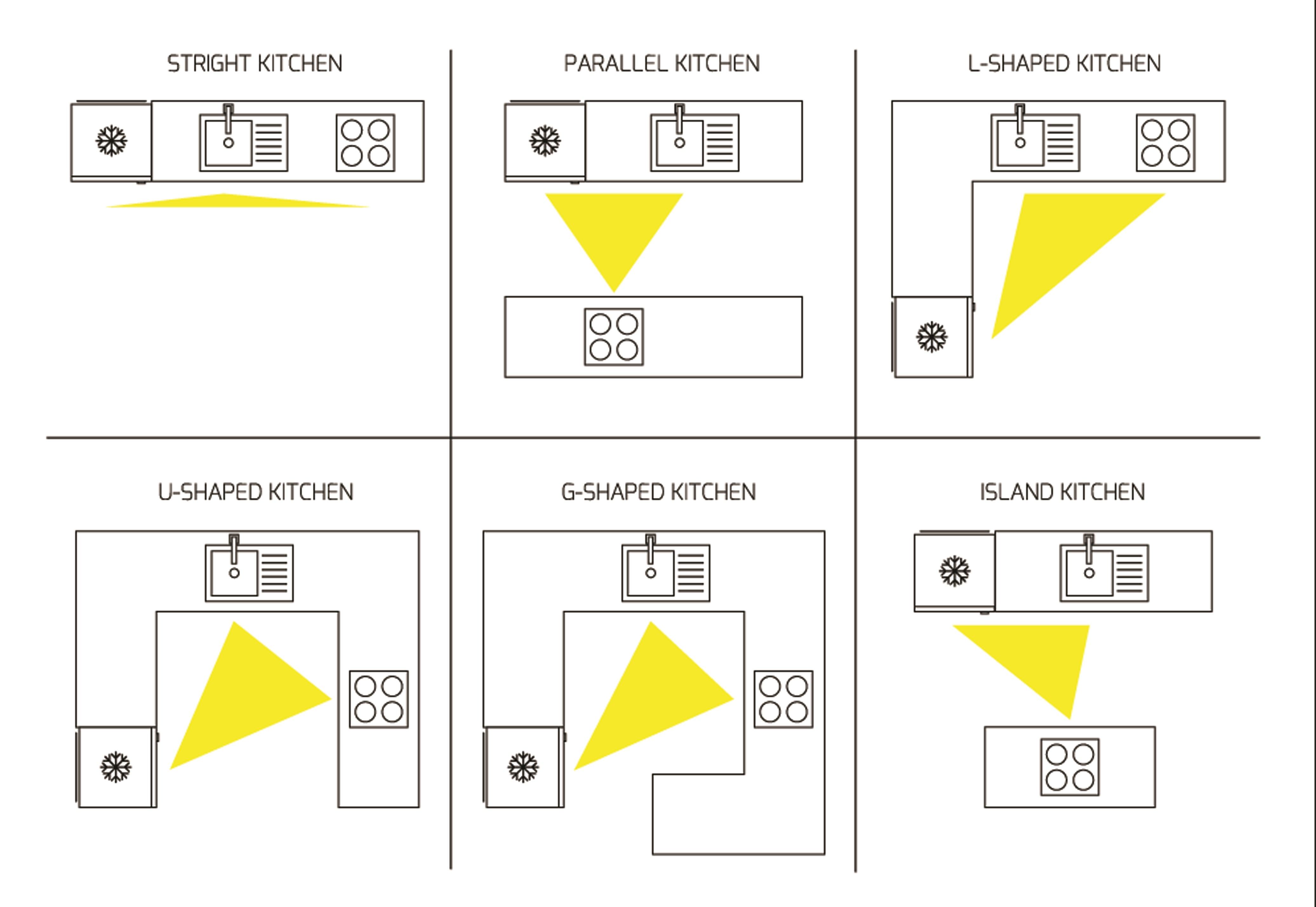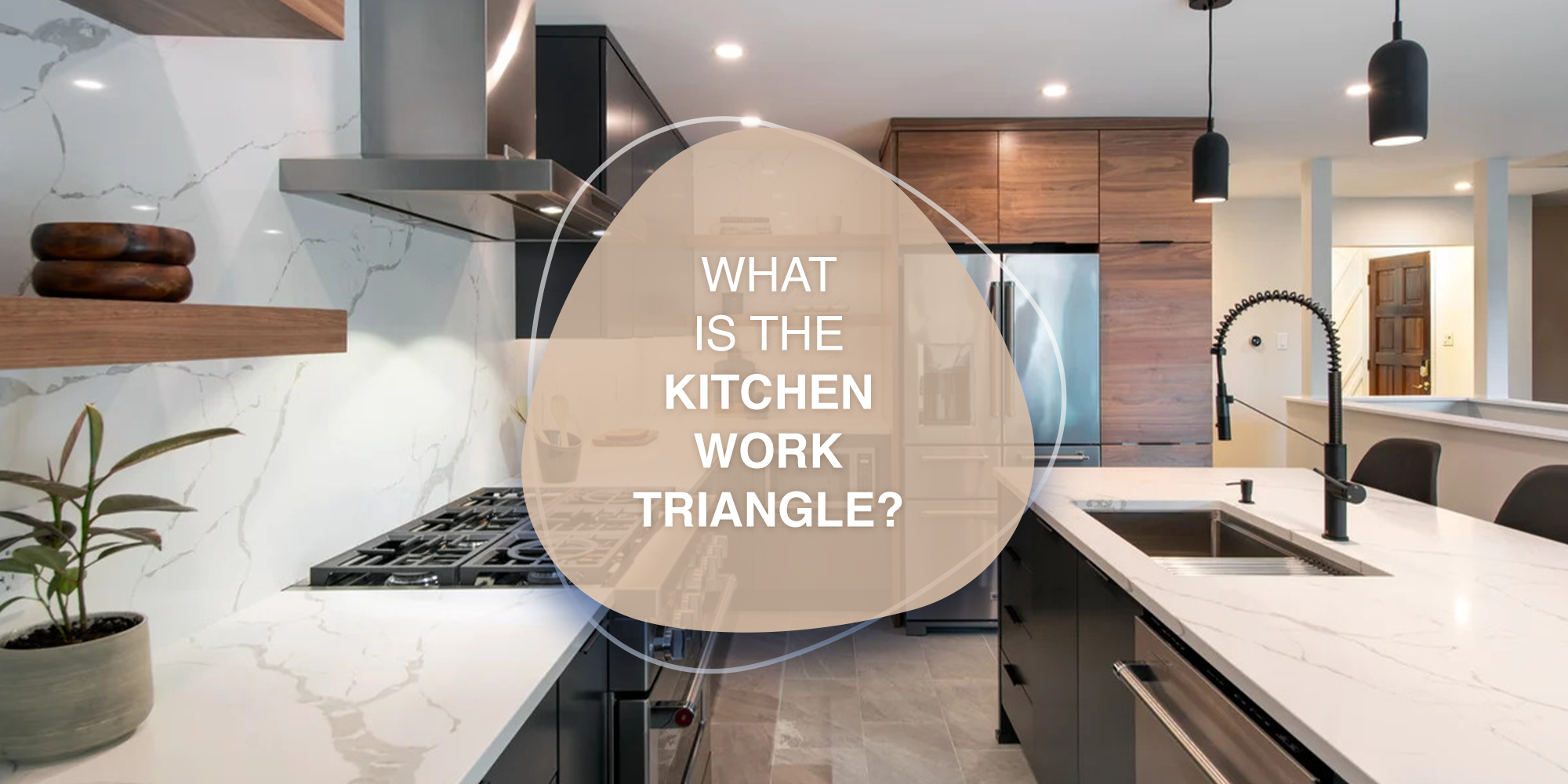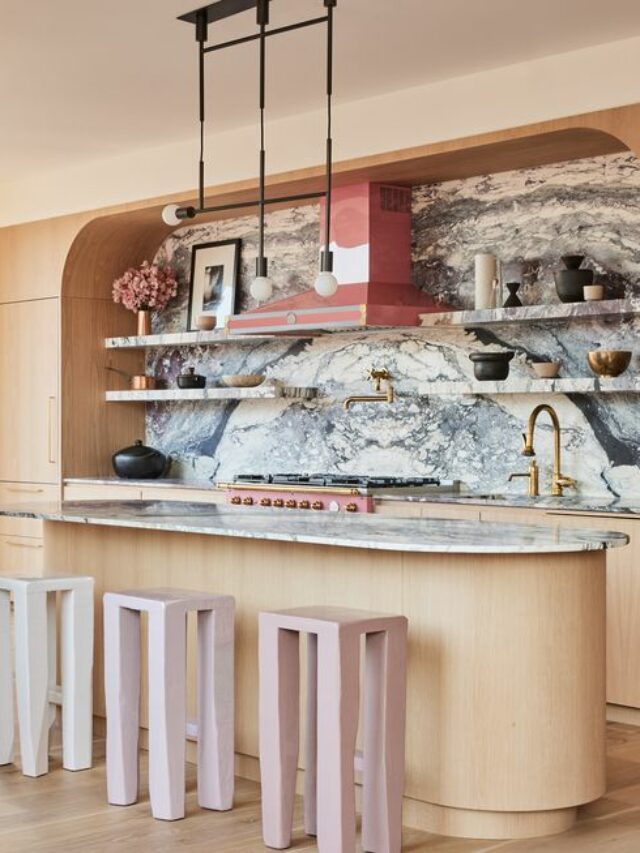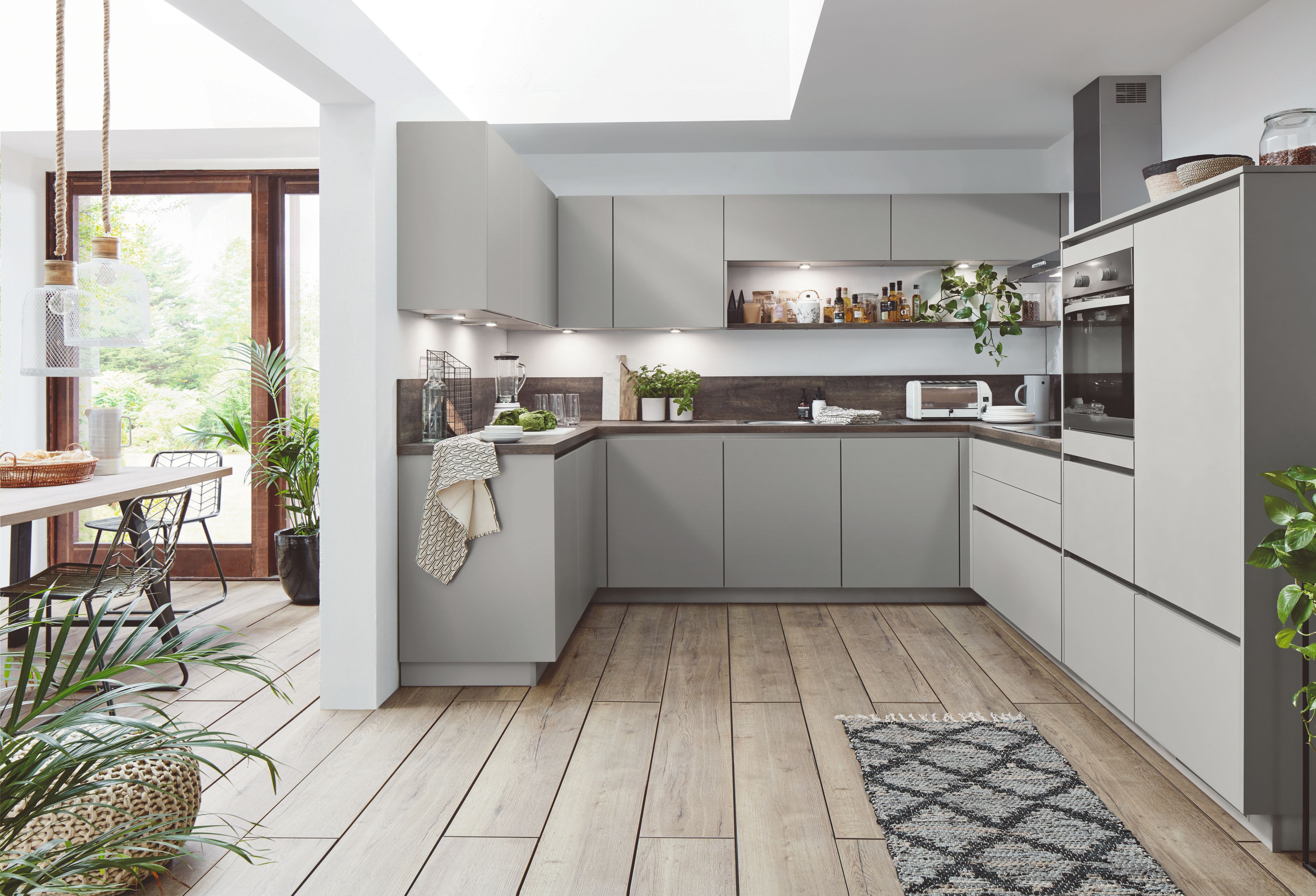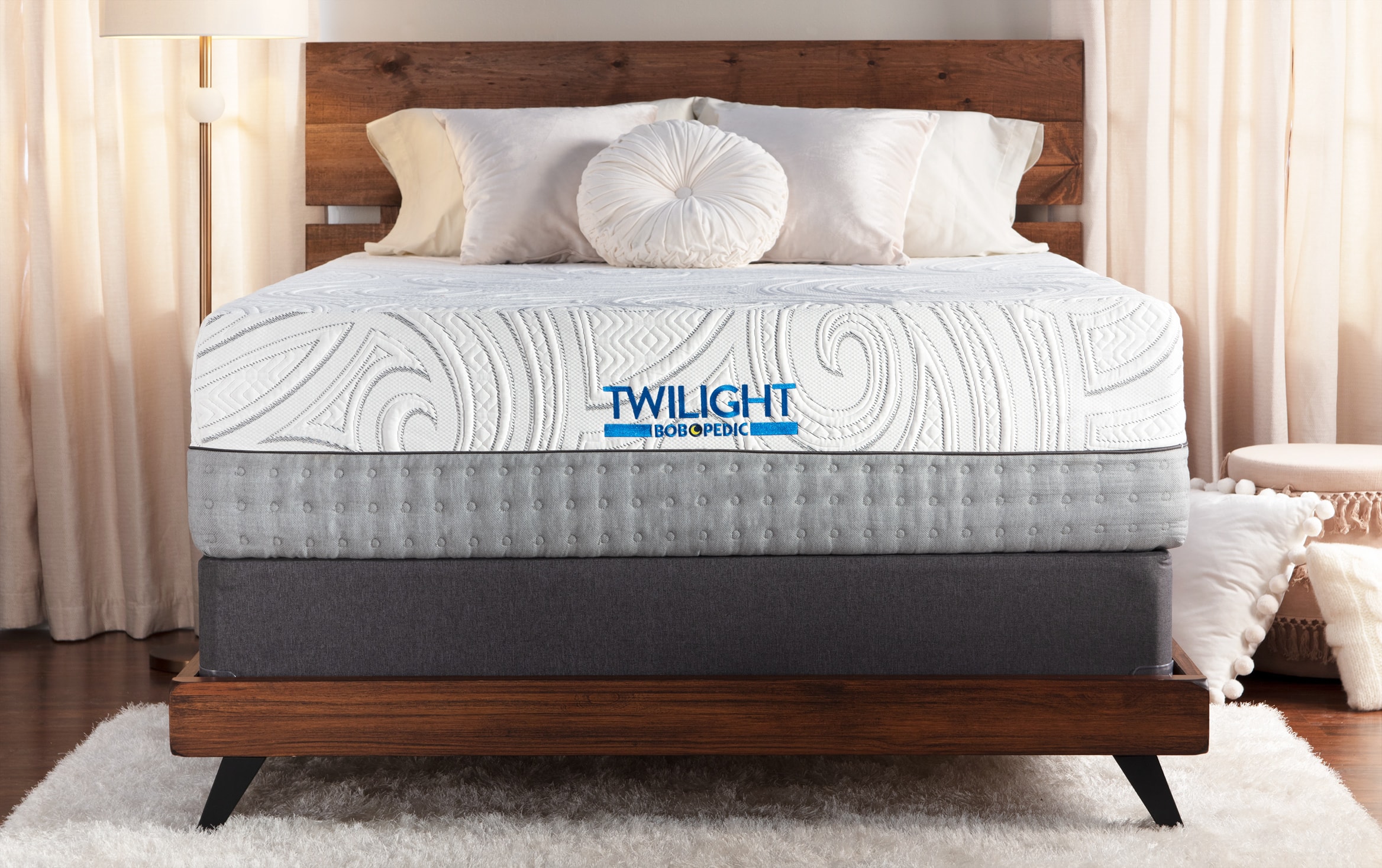1. Kitchen Work Triangle: The Ultimate Guide for Efficient Kitchen Design
When it comes to designing a kitchen, one of the most important elements to consider is the work triangle. This concept has been around for decades and is still highly relevant in modern kitchen designs. In this guide, we will explore the basics of the work triangle and how you can use it to create an efficient and functional kitchen layout.
2. Understanding the Kitchen Work Triangle Concept
The kitchen work triangle refers to the imaginary triangle formed between the three main work areas in a kitchen: the sink, the stove, and the refrigerator. The idea is that these three areas should be in close proximity to each other, allowing for easy movement and efficient workflow in the kitchen.
3. How to Optimize Your Kitchen Layout for the Work Triangle
To create an effective work triangle in your kitchen, you need to consider the placement of your sink, stove, and refrigerator. These three key elements should be positioned in a way that allows for a smooth flow of movement between them. Ideally, the total distance between the three points of the triangle should not exceed 26 feet.
4. The Importance of the Work Triangle in Kitchen Design
The work triangle is an essential aspect of kitchen design as it helps to maximize efficiency and minimize the amount of time and energy spent moving between work areas. By reducing the distance between the key elements in the kitchen, you can complete tasks more quickly and easily, making your overall cooking experience more enjoyable.
5. Designing a Functional Kitchen Work Triangle
When designing your kitchen layout, it is important to keep the work triangle in mind. A good rule of thumb is to position the sink, stove, and refrigerator in a triangular formation, with each side of the triangle measuring between 4 and 9 feet. This will ensure that the distance between each point is not too far, allowing for efficient movement between them.
6. Tips for Creating an Effective Work Triangle in Your Kitchen
There are a few key considerations to keep in mind when designing your kitchen work triangle. Firstly, make sure that there is enough counter space between each point of the triangle to allow for easy access to utensils and ingredients. Secondly, avoid placing obstacles, such as kitchen islands or large appliances, in the path of the work triangle. This will help to maintain a smooth flow of movement in the kitchen.
7. The Work Triangle: A Key Element in Kitchen Design
The work triangle is not just about efficiency and functionality, it also plays a significant role in the overall design of your kitchen. By carefully positioning the sink, stove, and refrigerator, you can create a visually appealing and balanced layout that will enhance the overall aesthetic of your kitchen.
8. How to Measure and Plan Your Kitchen Work Triangle
If you are renovating your kitchen or building a new one, it is important to measure and plan your work triangle before making any major decisions. Measure the distance between the sink, stove, and refrigerator and make sure that it falls within the recommended range of 4 to 9 feet for each side of the triangle. You can then use these measurements to plan the layout of your kitchen accordingly.
9. Common Mistakes to Avoid When Designing a Kitchen Work Triangle
While the work triangle is a highly effective concept for kitchen design, there are some common mistakes that people make when implementing it. These include placing the sink, stove, and refrigerator too far apart, creating a work triangle that is too large, or obstructing the path of the triangle with unnecessary obstacles. Avoiding these mistakes will help to ensure that your work triangle is as efficient and functional as possible.
10. The Evolution of the Kitchen Work Triangle: From Theory to Practice
The concept of the work triangle was first introduced in the 1940s and has since become a standard in kitchen design. However, with the rise of open-concept living and the incorporation of kitchen islands, the traditional work triangle has evolved to include additional work zones and paths. Today, designers are finding innovative ways to incorporate the work triangle into modern kitchens while still maintaining efficiency and functionality.
The Importance of the Work Triangle in Kitchen Design
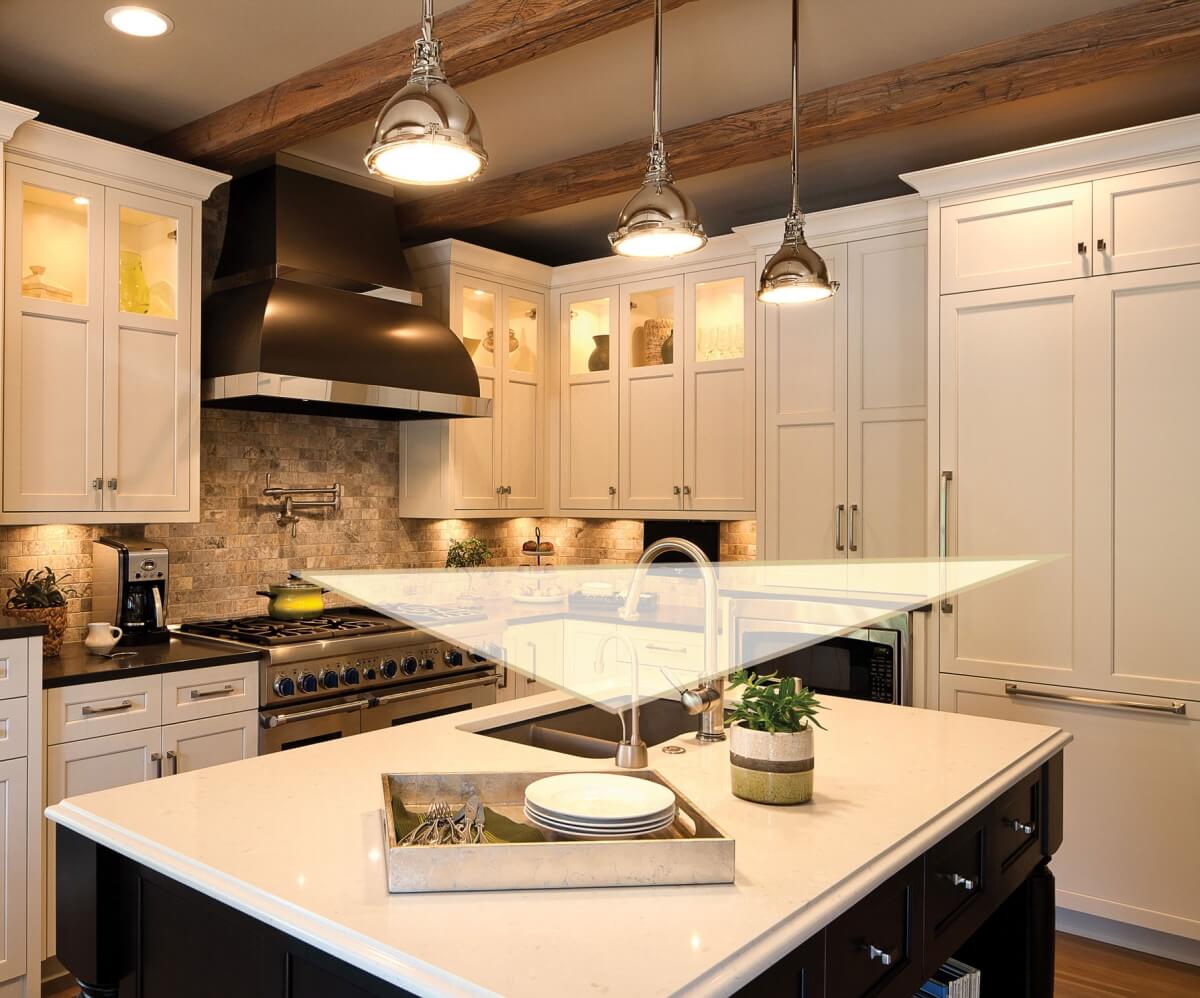
Creating an Efficient and Functional Kitchen Layout
 When it comes to designing a kitchen, there are many factors to consider. From the color scheme to the appliances, every detail plays a role in creating a beautiful and functional space. However, one aspect that is often overlooked is the
work triangle
. The work triangle is a fundamental principle in kitchen design that focuses on the placement of the three main work areas in a kitchen: the sink, the stove, and the refrigerator. This concept may seem simple, but it can greatly impact the efficiency and functionality of your kitchen.
When it comes to designing a kitchen, there are many factors to consider. From the color scheme to the appliances, every detail plays a role in creating a beautiful and functional space. However, one aspect that is often overlooked is the
work triangle
. The work triangle is a fundamental principle in kitchen design that focuses on the placement of the three main work areas in a kitchen: the sink, the stove, and the refrigerator. This concept may seem simple, but it can greatly impact the efficiency and functionality of your kitchen.
Understanding the Work Triangle
 The work triangle is based on the idea that these three main work areas should be in close proximity to each other, creating a triangular shape. This layout allows for easy movement between the three areas, minimizing the time and effort spent on tasks such as meal preparation and cooking. The ideal placement of the work triangle is to have each side of the triangle between 4 and 9 feet in length, with a total distance of no more than 26 feet. This ensures that the work areas are close enough to each other, but not too cramped.
The work triangle is based on the idea that these three main work areas should be in close proximity to each other, creating a triangular shape. This layout allows for easy movement between the three areas, minimizing the time and effort spent on tasks such as meal preparation and cooking. The ideal placement of the work triangle is to have each side of the triangle between 4 and 9 feet in length, with a total distance of no more than 26 feet. This ensures that the work areas are close enough to each other, but not too cramped.
The Benefits of a Well-Designed Work Triangle
 Having a well-designed work triangle can greatly improve the functionality of your kitchen. With the main work areas in close proximity, you can easily move between them while cooking, washing dishes, and accessing ingredients. This not only saves time but also reduces the risk of accidents and spills. Additionally, an efficient work triangle can also increase the resale value of your home. Potential buyers are often drawn to a well-designed kitchen, making it a worthwhile investment.
Having a well-designed work triangle can greatly improve the functionality of your kitchen. With the main work areas in close proximity, you can easily move between them while cooking, washing dishes, and accessing ingredients. This not only saves time but also reduces the risk of accidents and spills. Additionally, an efficient work triangle can also increase the resale value of your home. Potential buyers are often drawn to a well-designed kitchen, making it a worthwhile investment.
Incorporating the Work Triangle in Your Kitchen Design
 When designing your kitchen, it is important to keep the work triangle in mind. Start by assessing the layout of your kitchen and determining the best placement for the sink, stove, and refrigerator. If necessary, consider making structural changes to create a more efficient work triangle. You can also use
cabinetry and countertops
to define the work areas and create a smooth flow between them. Remember to also consider the
traffic flow
in your kitchen and make sure it does not intersect with the work triangle.
When designing your kitchen, it is important to keep the work triangle in mind. Start by assessing the layout of your kitchen and determining the best placement for the sink, stove, and refrigerator. If necessary, consider making structural changes to create a more efficient work triangle. You can also use
cabinetry and countertops
to define the work areas and create a smooth flow between them. Remember to also consider the
traffic flow
in your kitchen and make sure it does not intersect with the work triangle.
Conclusion
 In conclusion, the work triangle is a crucial aspect of kitchen design that should not be overlooked. By creating an efficient and functional work triangle, you can improve the flow and functionality of your kitchen, making meal preparation and cooking a more enjoyable experience. With proper planning and design, you can create a beautiful kitchen that not only looks good but also works well. So next time you are designing a kitchen, remember the work triangle and its importance in creating a well-designed space.
In conclusion, the work triangle is a crucial aspect of kitchen design that should not be overlooked. By creating an efficient and functional work triangle, you can improve the flow and functionality of your kitchen, making meal preparation and cooking a more enjoyable experience. With proper planning and design, you can create a beautiful kitchen that not only looks good but also works well. So next time you are designing a kitchen, remember the work triangle and its importance in creating a well-designed space.



